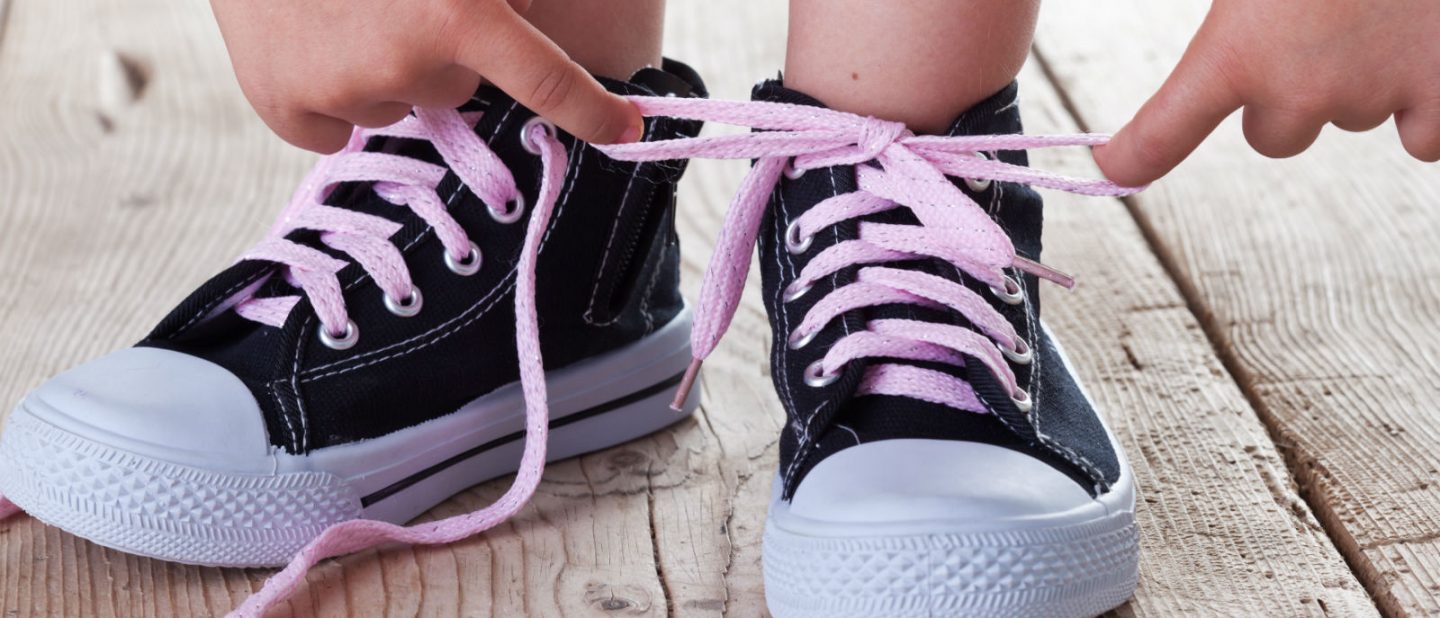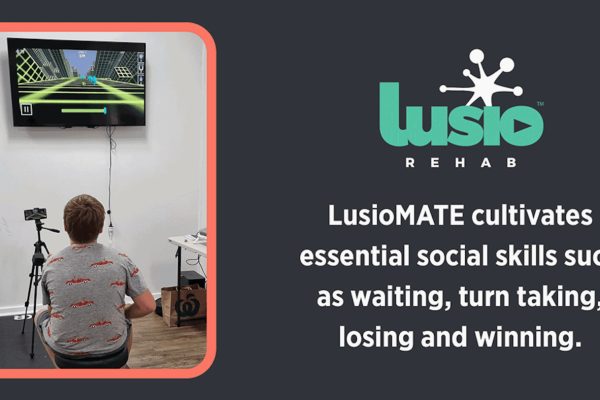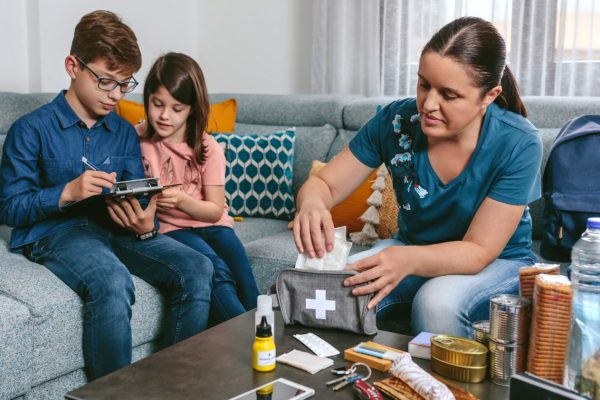
OT tips and tricks for teaching kids to tie their shoelaces
By Hayley Hughes, OT, Tools 4 Life
Learning to tie your shoelaces independently is a big milestone in a child’s life. As children begin school, tying their shoelaces becomes a part of the daily routine. However, learning to tie your shoes is a complex motor task that involves bi-manual coordination, motor planning, sequencing, fine motor strength and dexterity. It is not surprising that children can become frustrated easily when learning this new skill.
I have posted some tips below for supporting children to learn how to tie their laces.
1. Backwards chaining
Complete all but the last step of the process (e.g. have your child complete the final pull to tie their laces). Once your child masters the last step have them complete the second last step and the final step (e.g. pulling the lace through the hole then pulling the laces tight). Continue this process until they can complete all steps independently. The backwards chaining method enables you to break the task into smaller achievable steps, enables your child to feel success with the task, and can assist in keeping your child motivated for learning.
2. Video modelling
For children who are visual learners try watching a video of the task. You can pause the video at each step and support your child to follow along with the video to complete each step. YouTube has a range of kiddo friendly videos with the loop, swoop and pull method and the bunny ear or double loop method. The video below from Todays Parent is one example of a video model you could use. You can also make your child the star of their own video model, just use your phone/tablet to film your child completing the steps.
3. Different coloured laces
Having different coloured laces can be really helpful in showing your child the different movements of each lace. When children are first learning to tie their laces I have used different coloured pipe cleaners to help them learn the sequence and motor movement without the added motor difficulty of keeping the flimsy shoelace in place.
4. Lots and lots of practise
All children need the opportunity for lots of practise when learning a new skill. I recommend practising at times during the day when you and your child aren’t in a rush (e.g. getting ready for school). Choosing relaxed times of the day will take the stress off your child to rush through the task, and will allow them to concentrate on the task.
The easy peasy shoelace tying method
Some children can find tying their shoelaces the traditional way extremely frustrating and difficult despite lots of practise. This difficulty may be due to challenges with motor planning, sequencing, low muscle tone, bi-manual coordination, or decreased strength in the fingers.
However, thanks to the ingenuity of parents and people living with a disability we now have access to different shoelace tying methods that are much easier to learn for little fingers.
The video below from Unstoppable Mother shows an alternative method for tying laces that is easier for children to learn.
The method above is a lot easier for children to master as it involves repetitive actions, and requires less bi-manual coordination.
Alternatives to shoelaces
Some children may require alternatives to shoelaces due to spasticity in the hands and fingers, or difficulties with sequencing, working memory and attention. However, this does not mean these children can not be independent with the task of putting their shoes on. There are a range of alternatives to traditional laces that can be used with any lace up shoe.
Hickies shoelaces
Hickies turns any pair of lace up shoes into slip-ons. They have lots of cool colours to chose from. I also like that Hickies have the options of regular fit for everyday wear, and a tighter fit option for playing sport.
Curly laces
Curly laces are similar to Hickies, they can turn any lace up shoe into slip-ons.
Lock Laces
Lock Laces also allow you to turn any pair of lace up shoes into slip-on. Lock laces use a fastening system that allows you to adjust the tension of the laces. This could be handy to make the shoes firmer for playing sport or playing on the playground.
How Tools 4 Life can help
Our team is passionate about enabling your child or teen to be as independent as possible with their life skills. We use evidenced-based strategies embedded in fun activities to support children and teens to work on their goals. If you would like to learn more about our services click here. Alternatively, feel welcome to contact us to schedule a free phone consultation with our Occupational Therapist Hayley Hughes.
Hayley Hughes is an Occupational Therapist at Tools 4 Life. Hayley is passionate about collaborating with families to support their child or teen to achieve their goals. Visit www.tools4lifeot.com or www.facebook.com/tools4lifeot/ to learn more about how Tools 4 Life can support your child with their self care skills, social skills and emotional regulation.







